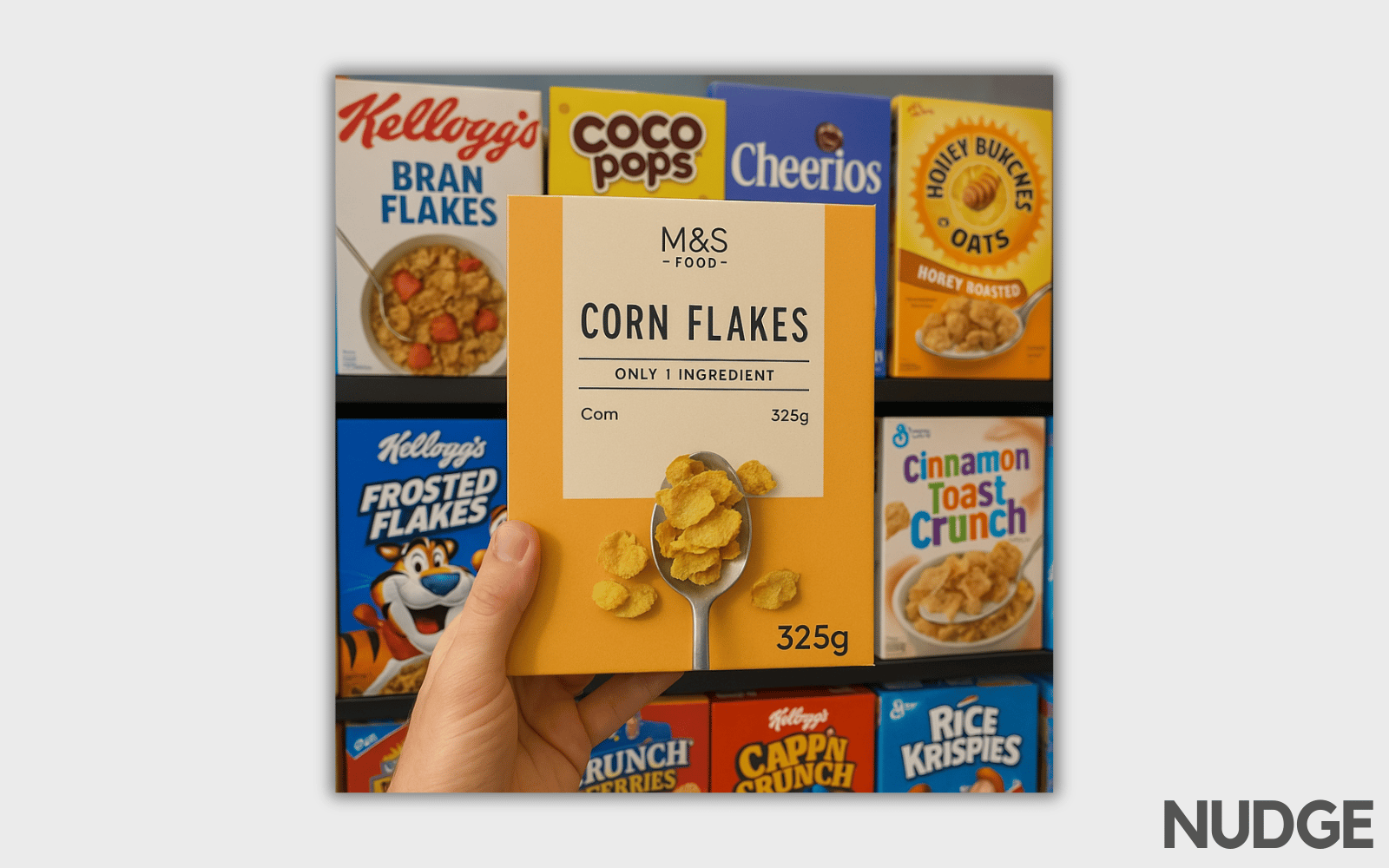The tea leaves are still swirling, but early reads aren’t great, Bob
A February survey of ad executives by trade group Interactive Advertising Bureau found a full 60% of respondents are projecting as much as a 10% reduction in ad budgets this year.
a recession could cause $45 billion in lost advertising, with promoters shifting from traditional television spots toward direct response channels.
The math is simple. Tariffs = higher prices = less budget for non-purchasing activities (like marketing or discretionary spending)
Related to yesterday’s post
via The Daily Upside
There’s a potential analysis trap brewing as businesses see decent sales / revenue performance to start the year.
Highly likely this is pull-forward spending as consumers try to beat tariffs.
Embrace the boring stuff.
Internally, people usually want to do the flashy, exciting stuff. But boring keeps the lights on (and typically has a longer shelf life).
Externally, what’s boring to you is interesting to others. Because they aren’t in it every day like you are. Your boring is the hook.
Maslowvian marketing
“Human beings,” writes [Drew Eric] Whitman, “are biologically programmed with the following eight desires…”
- Survival, enjoyment of life, life extension.
- Enjoyment of food and beverages.
- Freedom from fear, pain, and danger.
- Physical companionship.
- Comfortable living conditions.
- To be superior, winning, keeping up with the Joneses.
- Care and protection of loved ones.
- Social approval.
By creating ads that appeal to these things, you are tapping into Mother Nature, harnessing the power of our inborn motivators to compel and sell.
via Very Good Copy
Trust boosts purchase potential. And transparency boosts trust.
I love this example from the Nudge newsletter:

This is especially true in food, but sectors have opportunities.
Peel back an element of your sector people assume the worst about, are suspicious of, or want made clearer.

